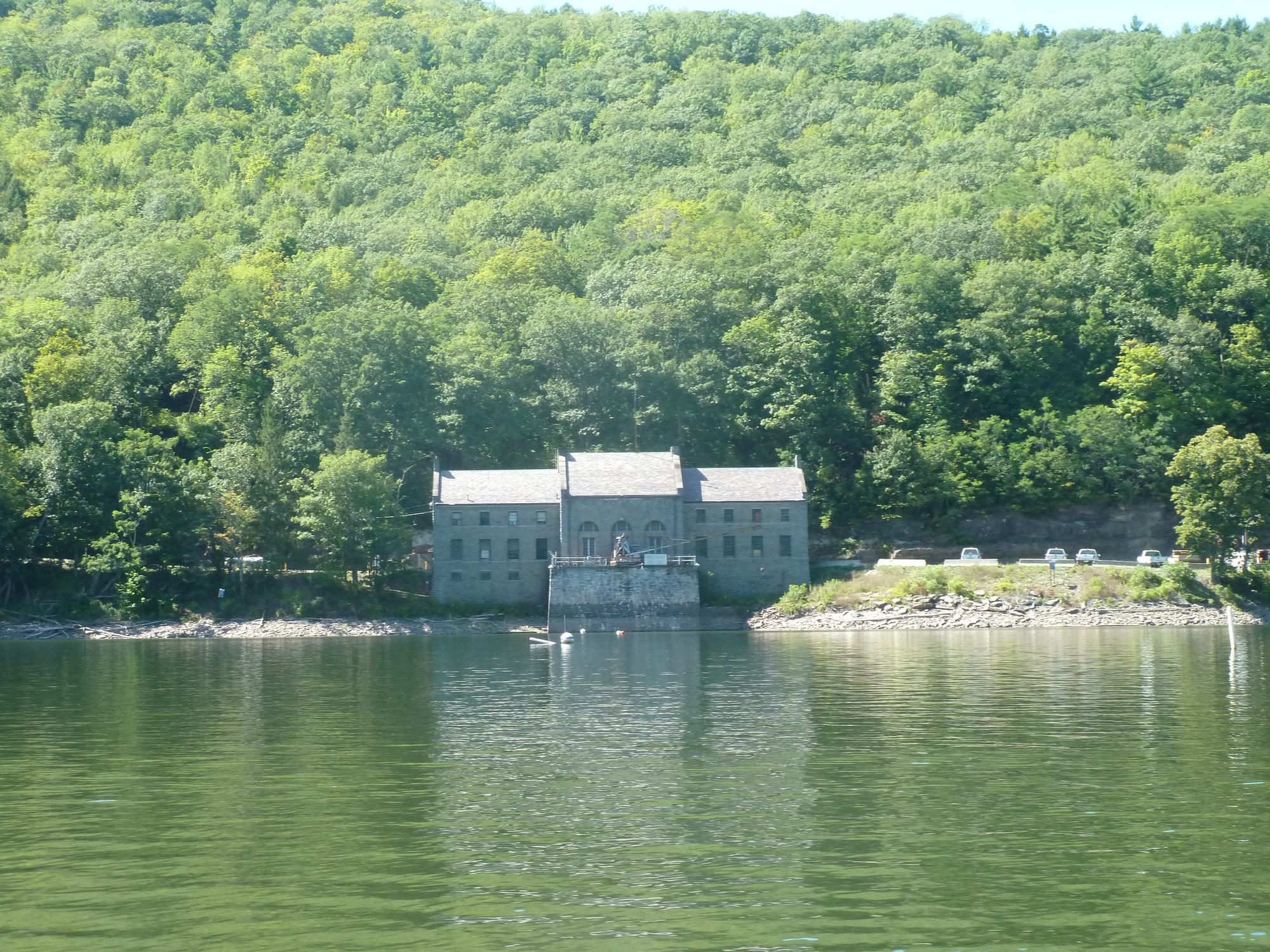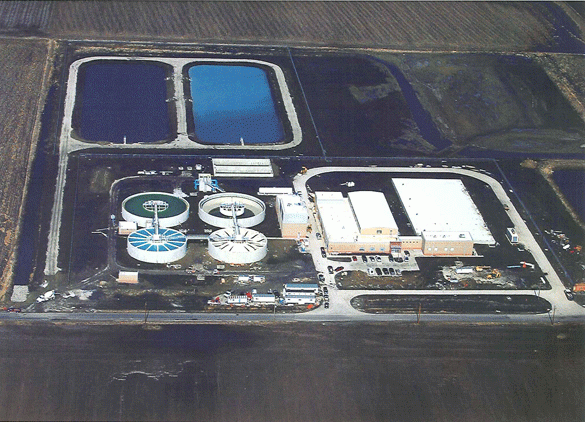Shandaken Tunnel Intake Chamber Rehabilitation
New York City Department of Environmental Projection contracted Hazen and Sawyer to renovate the tunnel intake to provide modern-day flow control and improved flexibility in meeting water-quality requirements, ensuring continued reliable service for another 100 years.
With five of the original sluice gates inoperable and the remaining three at the end of their useful service life, the New York City Department of Environmental Projection (NYCDEP) contracted Hazen and Sawyer, in joint venture, to provide inspection, planning, design and design services during construction to replace all gates, enhance the intake’s withdrawal capabilities, and renovate the facility to provide modern-day flow control and improved flexibility in meeting water-quality requirements, thus ensuring continued reliable service for another 100 years.
Models for Modernization
Hazen and Sawyer helped provide inspection, planning, design and design services during construction to ensure continued reliable service for another 100 years.

Project Outcomes and Benefits
- Development and execution of a combined remote operated vehicle (ROV) and 3D-sonar inspection to access previously inaccessible submerged intake structures and equipment to support replacement equipment design and assess constructability.
- Innovative design for custom fabricated heavy-duty slide gates that provide improved precision throttling capability and intake modifications that reduce the accumulation of debris and ice.
- Implementation of 3D/4D modelling to support design of a 100-mgd temporary bypass system and construction plan to maintain facility operation during gate replacement and ensure construction safety within a confined submerged structure.
- Coordination with regulatory agencies to establish temporary bypass design criteria and appropriate work windows so that water diversion permitting requirements are met during construction while maximizing constructability.
- Conversion of the temporary bypass system at the completion of construction to a permanent adjustable 100-mgd tee screen intake system that selectively withdraws water from the reservoir surface and provides additional operational flexibility.
- Rehabilitation of the near 100-year old facility with modern office space and amenities.





















